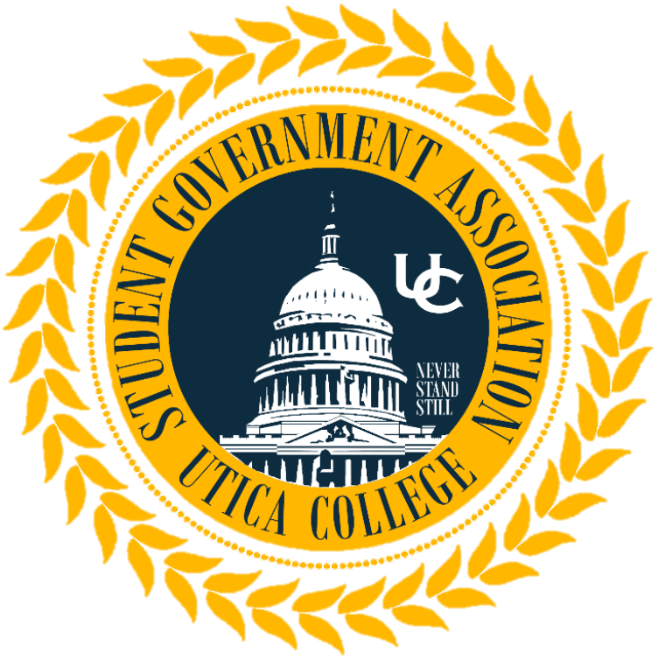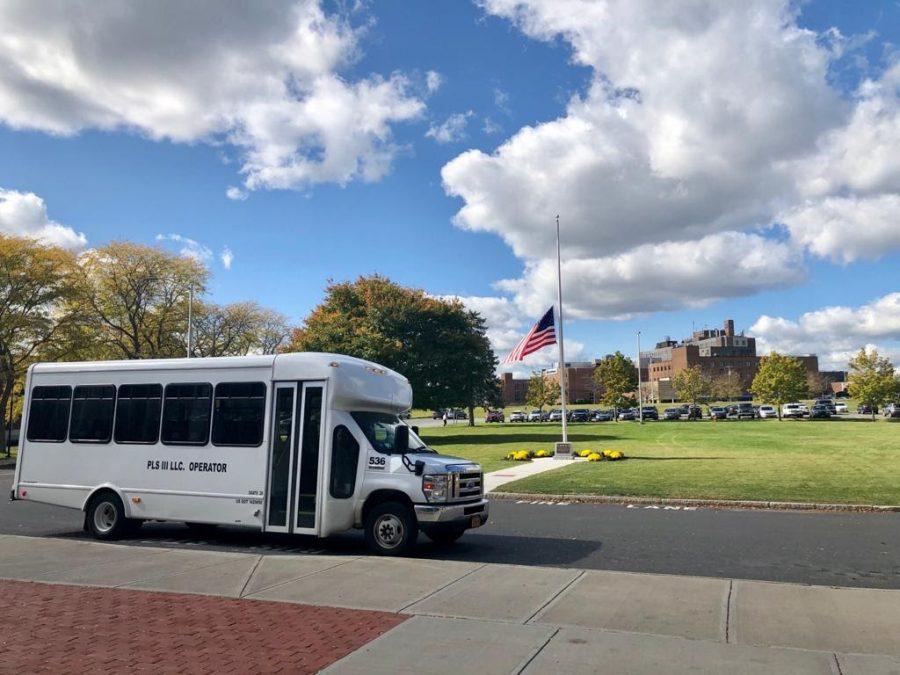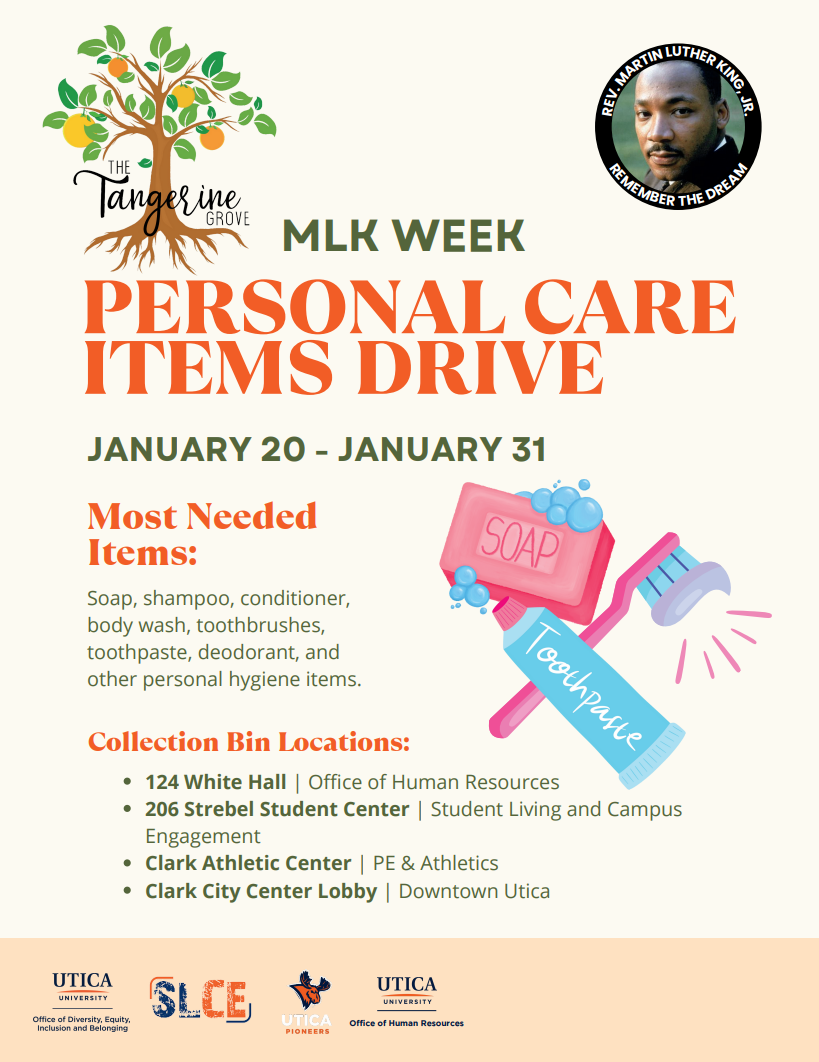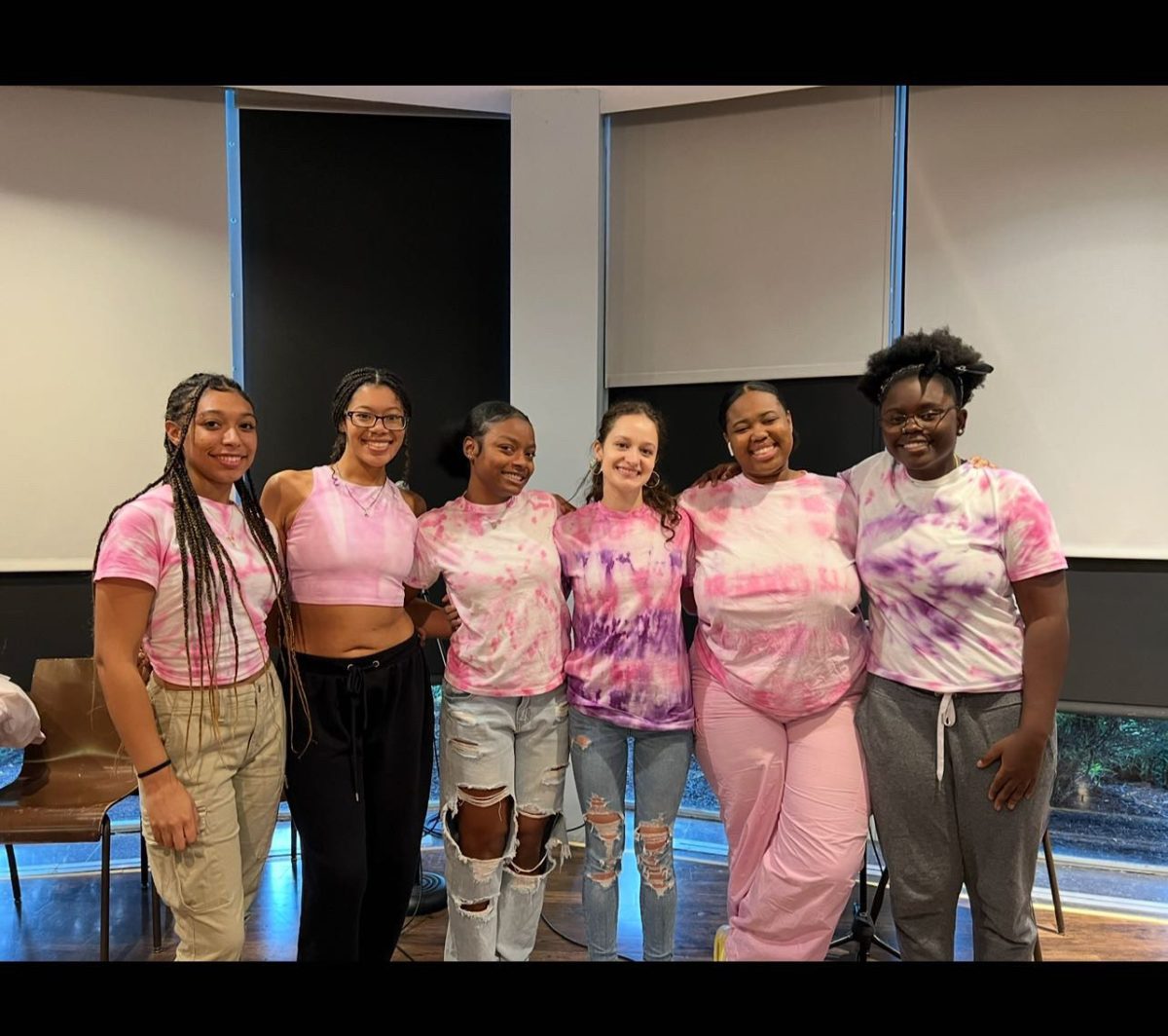The Clark City Center shuttle bus between Strebel Student Center and the Brvenik Center in Downtown Utica is a necessity for students and faculty alike. With parking in Downtown Utica being limited, it provides a mode of transport that all students, especially those without vehicles, taking classes at the downtown campus need.
However, while it is necessary, students have been finding that the shuttle bus schedule doesn’t always run as smoothly as it should. According to Sophomore Mickale Thompson, who takes the shuttle to classes most days of the week, the schedule isn’t always predictable.
“The shuttle does sometimes leave on schedule, but I’ve also known it to leave either early or late,” Thompson said.
Freshman Angela Hawthorne agrees, saying that the timing can vary anywhere between five to 15 minutes from schedule. As a result, she takes the shuttle earlier than she would otherwise, just to ensure she gets to class on time.
Shuttles leaving late from Strebel means that students often arrive to classes late. Professor Chris Tingley said the shuttle arriving late can seriously disrupt the flow of classes.
“When a shuttle is late, an instructor can’t start their class until the shuttle arrives. It is not only disruptive to the class; it results in valuable lost time.” Tingley said.
Tingley also said that the only classes that are really affected this semester are morning classes, and despite the irregularity in those, the schedule this semester is much improved from that of previous ones.
Thompson believes that having the schedule revised to give shuttles more time on each run would help with the consistency of the schedule, and make it easier to predict when it might leave, thus eliminating the need to catch earlier shuttles than necessary.
Musco Millner, director of campus safety and the Utica College official in charge of the shuttle bus schedule, said he is aware of the issues with morning classes and the schedule has recently been changed to try and remedy the issue.
“Faculty members inform us regularly if students are late because of the shuttles,” Millner said. “We just changed the bus schedule at the end of last week and are hoping that this will eliminate students being late to classes.”
Aside from the shuttle deviation, another question that students have is concerning precautions being taken in regard to COVID-19.
According to Millner, a cleaning solution is sprayed on the seats between each trip. Drivers and students must always wear masks and there is social distancing, as shuttles are running at 50% capacity.
The 50% capacity rule would allow for an empty seat next to every student on the bus. However, this is a rule that most students have never been informed of, and so often during “rush hours,” the shuttle is filled to capacity and occasionally above it too, with students standing and holding onto rails.
Thompson believes that adding a third shuttle might help, as during busy times, students are often left to wait for the next shuttle as there is not space in the one leaving for all the students needing to take the shuttle.
Hawthorne agrees, saying that in some mornings the shuttle is packed, and adding another shuttle to the rotation could remedy that.
Millner is constantly looking at the shuttles and trying to determine the needs of students, adding that they’ve received the information from the past few weeks on how many students were on what shuttles, and once they have analyzed the numbers, a decision will be made about whether a third shuttle is needed, or if the schedule simply needs revision.
However, despite the unpredictable nature of the shuttle, there is no denying its value.
“The Clark City Center is such a valuable resource for business students that I believe it is worth any inconveniences due to the transportation to our site,” Tingley said.







































































































































